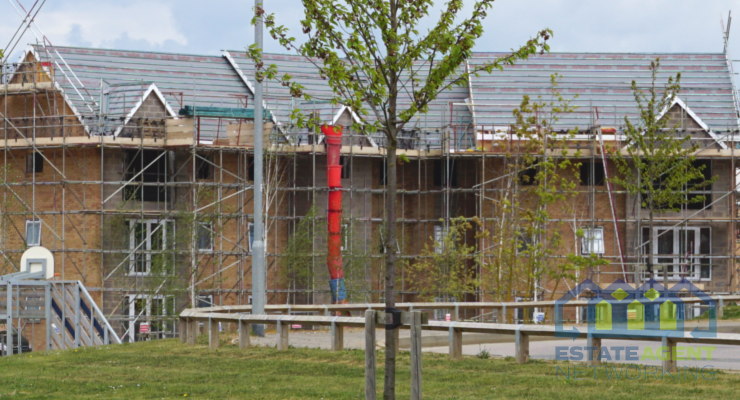Housing Crisis in the UK 2025?
Many will throw stick and stones at the subject of the UK housing crisis depending very much on political view points. It appears that little in the way of facts are considered and instead UK housing is merely an afterthought with a much always spoken about yet little action approach.
There are certain facts that simply can not be gotten away from and that includes house prices are increasing, house prices continue to chomp away at disposable household incomes, homeownership is declining, rental costs are up, overcrowding in high demand areas, new build quota promises remain unkept and many more negatives.
Many reasons are suggested for such a challenging UK housing market to include uncontrolled legal and illegal migration figures, lending difficulties especially for first time buyers, shortcoming’s of the UK planning department to include lengthy delays, rising costs to build (land / materials / workers), green belt restrictions and many more.
The current highly unpopular Labour party who are ru(i)nning the country have made promises (yes, we all know how serious these should be taken) on new builds with a quote of 1.5 millions homes by 2029 with set mandatory housing targets for councils across the country, formation of grey belt land within green belt and speeding up the planning process. Already, in March 2025, news reports show that this target is likely to be unmet.
By mid 2026 it is said the UK will reach a population of 70 million ahead of time which many had predicted. The biggest drive is via migration to the UK (The biggest driver of population growth is a significant increase in projected in-migration) – This increase is over 300,000 per year yet house building figures of recent years sit well below at around 210,000.
“Owner occupation (England) remained the largest tenure group, with 16.0 million households, representing 65% of all households in England in 2023-24. Ownership rates were highest in 2003 at 71% of households but steadily declined post financial crisis in the early 2010’s to a low point in 2013-14 (63%). Over the last 10 years owner occupation increased to 65%, where it has remained stable since 2019-20.” source gov.uk
Demand continues to grow in Southern England over Northern and for prime town/city locations with decent transport links – These areas are already somewhat overcrowded to where new builds are an impossibility unless green belt (grey belt) is released or commercial property converted to residential.









